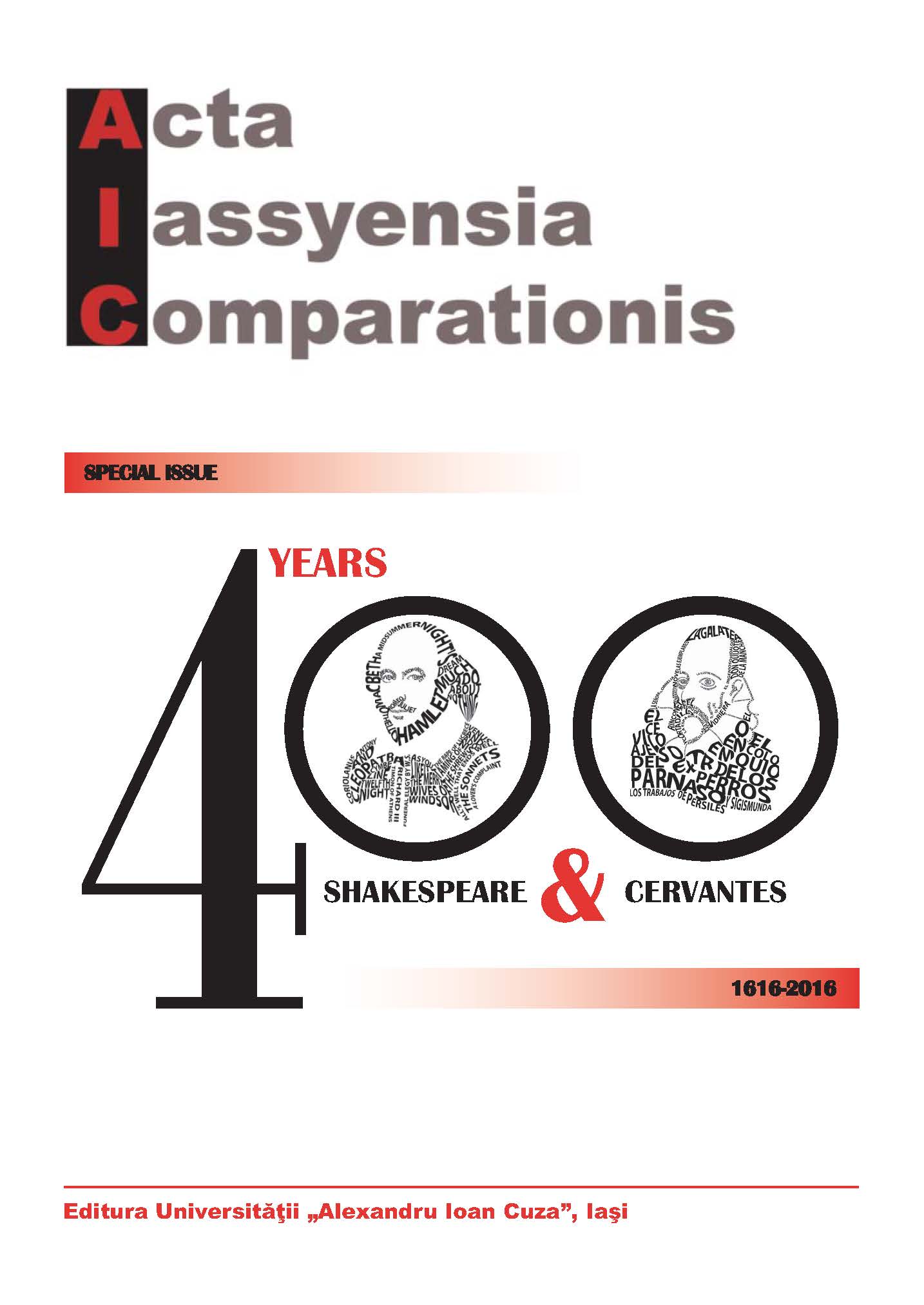Space, Place, and Shifting Worlds in Shakespeare and Cervantes
Space, Place, and Shifting Worlds in Shakespeare and Cervantes
Author(s): Monica Chesnoiu MateiSubject(s): Studies of Literature
Published by: Editura Universităţii »Alexandru Ioan Cuza« din Iaşi
Keywords: geocriticism; Shakespeare; Miguel de Cervantes; spatiality; La Mancha; early modern geography; All’s Well that Ends Well; Don Quixote;
Summary/Abstract: This essay draws on history and geography texts to reconstruct early modern writers’ ability to respond to change in geographic knowledge and technology. Performed in theatres featuring non-illusionistic scenery, Shakespeare’s plays establish location through movement, language, gesture, and costume. Spatial manipulation in Don Quijote opens the place of the mind towards multifaceted inwardness. For these reasons, Shakespearean and Cervantean dramatic and narrative geographies were remarkably flexible. Shakespeare’s production of geographic location in All’s Well That Ends Well – through the parodic configuration of the Mancha region related to issues of honour and chivalry – creates multi-layered spaces that coexist, challenge, and are in dialogue. In the prose romance mode, spatial movement across La Mancha enables Cervantes to contest cultural values articulated in fictional locations. I propose that Cervantes and Shakespeare construct imaginary worlds that generate their own disorder and cultivate mental landscapes that question interiority in relation to the external. Both Shakespeare and Cervantes invite playgoers/readers to look beyond scene and action to determine symbolic significance; geographic location can, thus, function metaphorically.
Journal: Acta Iassyensia Comparationis
- Issue Year: 3/2017
- Issue No: Special
- Page Range: 61-71
- Page Count: 11
- Language: English

